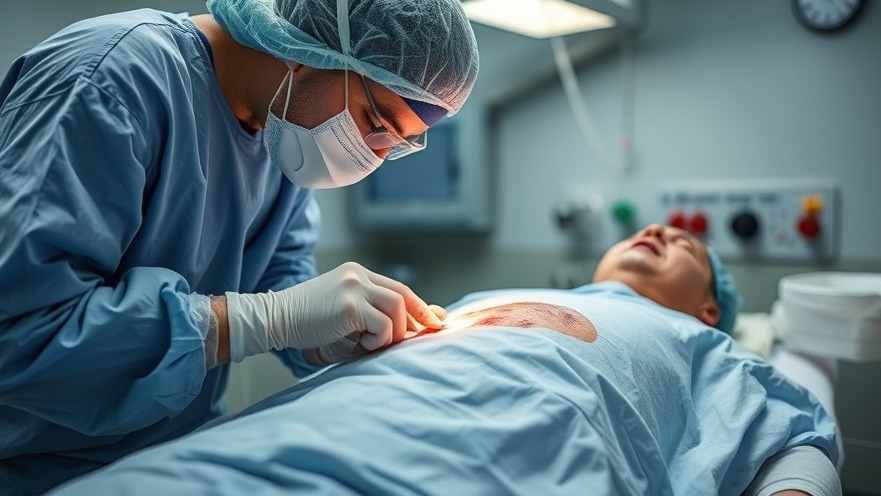
The Future of Wound Care: Real-Time Measurement
Wound healing is a critical aspect of patient care, and for far too long, practitioners have relied on subjective methods to assess the condition of wounds. Many current assessment techniques depend heavily on visual inspection, often leading to inconsistencies in treatment. Imagine a future where the healing process could be monitored in real-time, providing immediate feedback to clinicians and ensuring timely interventions. This future is closer than we think, thanks to groundbreaking advancements in biomedical technology.
Understanding the MERLIN Sensor
At the center of this transformative change is the multiplexed, electrochemical, real-time, localized, inflammation-tracking nitric oxide (MERLIN) sensor. Developed by researchers at Carnegie Mellon University, this innovative technology addresses the significant challenges of measuring nitric oxide (NO)—a crucial biomarker for wound healing. The sensor provides continuous real-time measurements, leveraging the principles of electrochemistry to quantify the low concentrations of NO that exist within wounds. Unlike traditional sensors that often fail to capture these fleeting molecules, the MERLIN sensor is designed to respond quickly and accurately, detecting changes in NO levels that denote the various phases of healing.
The Science Behind Wound Healing
Nitric oxide plays an indispensable role in wound recovery due to its involvement in various physiological processes. Produced by immune cells, NO acts as a signaling molecule during inflammation, guiding the tissue repair process. However, tracking this biomarker has historically proven difficult, as it has a very short half-life and is produced in minuscule amounts. The MERLIN sensor significantly changes this narrative, enabling healthcare providers to obtain timely and precise data on a patient's wound healing status.
Promising Results from Testing
Early in vivo tests conducted on rat skin wounds showed that NO levels peaked on day three, aligning with the expected inflammatory response in the healing timeline. This consistency validates the reliability of the sensor's readings and signals a new era in wound care diagnostics. These results provide valuable insight into the potential effectiveness of implementing the MERLIN sensor in clinical practice, as practitioners can better understand and manage patient wounds based on concrete data rather than relying solely on visual assessments.
Implications for Clinical Practice
The introduction of the MERLIN sensor not only enhances wound monitoring capabilities but also complements therapeutic interventions. With its ability to assess wound status, clinicians can make more informed decisions regarding treatment plans tailored to the individual needs of each patient. As the sensors move towards human trials at the University of Pittsburgh Medical Center, the feedback from these studies will serve as a crucial step in validating this technology's application in real-world scenarios.
Connecting Technology and Patient Care
From a concierge health perspective, staying updated on such technological advancements is essential to elevate patient care. The integration of real-time monitoring tools like the MERLIN sensor will likely augment the way health practitioners manage wounds, ensuring that they remain at the forefront of medical innovation. As these sensors become available, practitioners will find themselves empowered to maximize patient outcomes through proactive wound management.
Next Steps for Wound Management
Health practitioners interested in staying ahead of the curve should consider exploring how emerging technologies can be integrated into their clinical practices. The potential effects of real-time monitoring on patient outcomes are profound, providing opportunities to engage more proactively in patient care. Additionally, being informed about regulatory updates surrounding these technologies will facilitate smoother adoption.
Call to Action: Let's Stay Ahead Together
As advancements like the MERLIN sensor revolutionize wound care, it’s vital for practitioners to engage with emerging technologies. Stay informed about the latest studies and consider how you might incorporate similar insights into your practice. Equip yourself with knowledge to enhance patient care and remain a leader in the health community.
 Add Row
Add Row  Add
Add 




Write A Comment